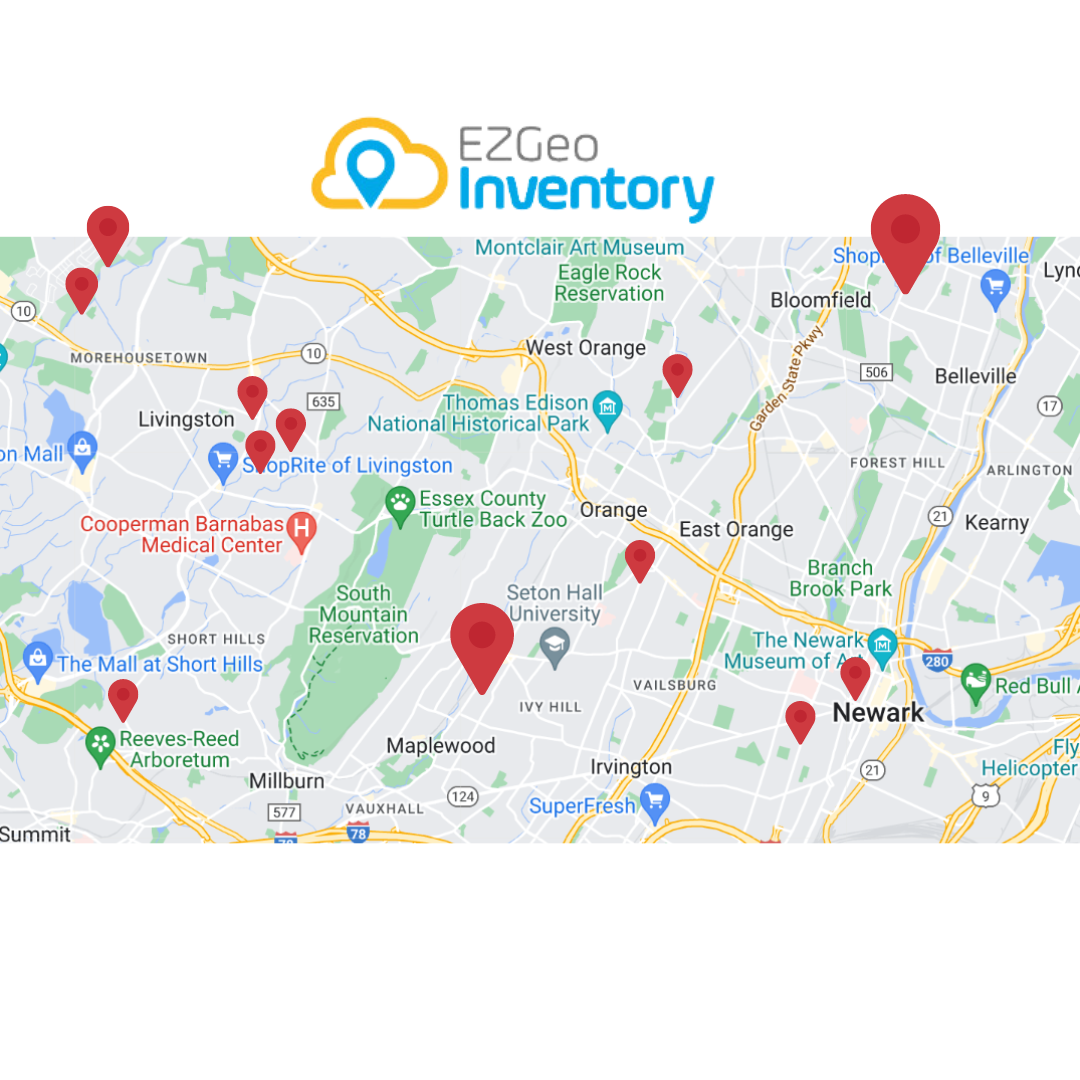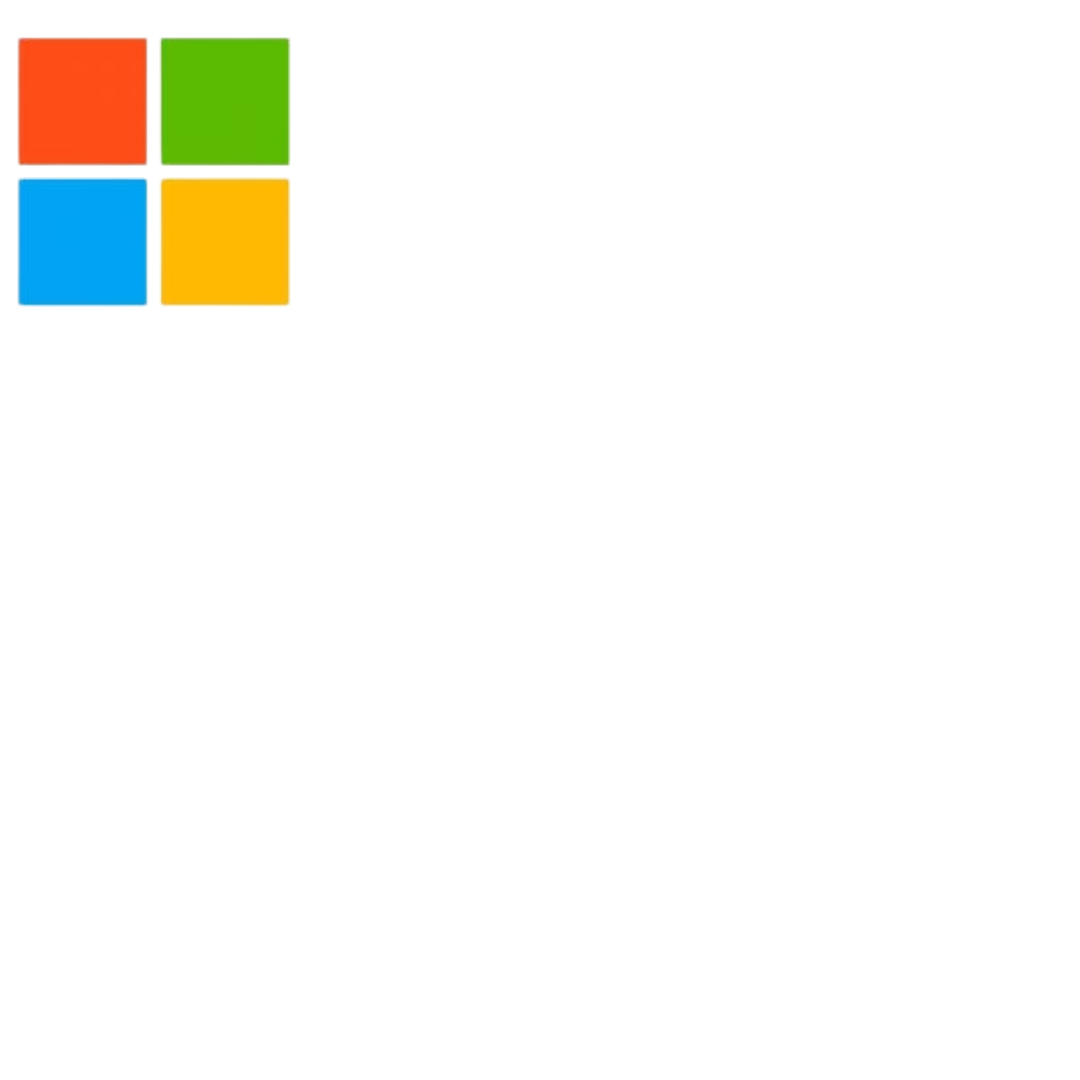ABOUT US
Technology, quality and security.
MISSION
VIEW
What are assets?
Before understanding EZ Geo Inventory, it is important to know that assets represent all items within an organization where information is created, processed, stored, transmitted, or discarded. Asset management is essential for prioritizing investments as well as focusing efforts on the most critical assets that support the organization's processes. In this way, IT asset management is a task that identifies and catalogs an organization's physical assets to determine if a particular asset exists in the company, if it is in its proper location, and if it is being used by the right people within an appropriate lifespan.
Statistical data
Below we have statistical data showing that IT Asset Management is extremely important for companies:
According to data from the Gartner Group:
- With systematic IT Asset Lifecycle Management, there can be a 30% reduction per asset in the first year and 5% to 10% in subsequent years.
- About 25% of companies worldwide have some type of IT asset management tool.
- Lack of knowledge about the types of installed hardware, software, and peripherals leads to an increase in IT costs by about 7% to 10% per year for planning expansions and performing network maintenance.
- Twenty percent of software licensing and maintenance expenses are for equipment that is no longer in use.
According to the company Aberdeen Group, more than 50% of companies worldwide use labor-intensive and highly error-prone processes to conduct inventories and monitor their IT assets.
39% of information leaks are due to the loss or theft of IT assets (Verizon Business Risk). 20% of software licensing and equipment maintenance expenses are for equipment that is no longer in use (Gartner Research).
Most companies do not know how many devices they have or how they are being used, and this lack of control leads to losses and waste, as IT equipment undergoes constant changes and upgrades. Without control, planning is compromised.
EZ Geo Inventory to aid in Asset Management and Control
Asset Management is like a "movie" where management is ongoing; a basic inventory is a "photograph" showing the static position of assets.
EZ Geo Inventory goes beyond a simple inventory because while it captures this "photograph," its ongoing management creates a "movie" of the entire technology landscape, meticulously controlling all IT equipment. Thus, it serves as a strategic tool for effective control of the installed base.
In the market, there are many high-level tools; however, they are complex, costly, and require specialist professionals, which adds to expenses. Therefore, only large companies have the capital to effectively control their technology parks, yet they struggle due to the sophistication of the tools used.
There are many "Free" solutions in the market, but they are not as easy to implement, and once again, infrastructure investment (server and its peripherals like UPS, backup routines, etc.) is necessary.





